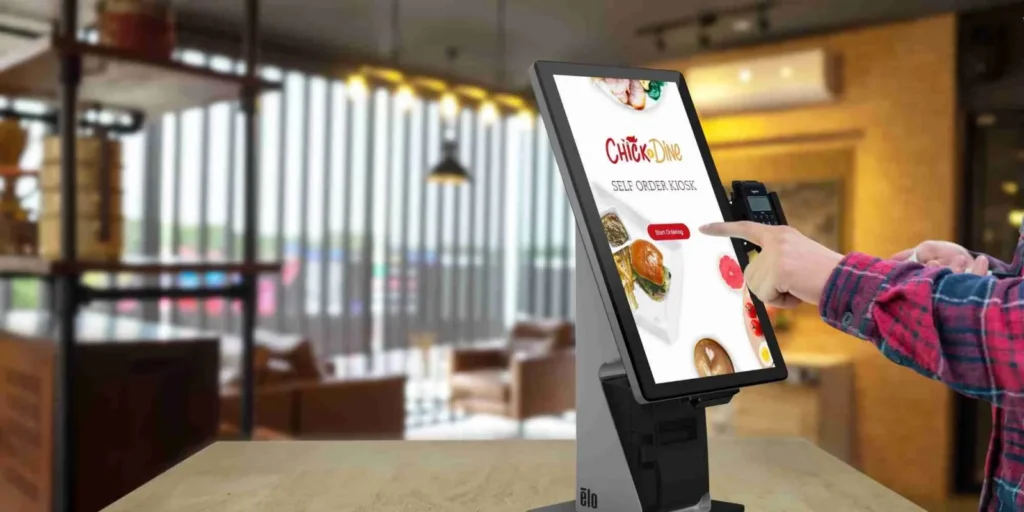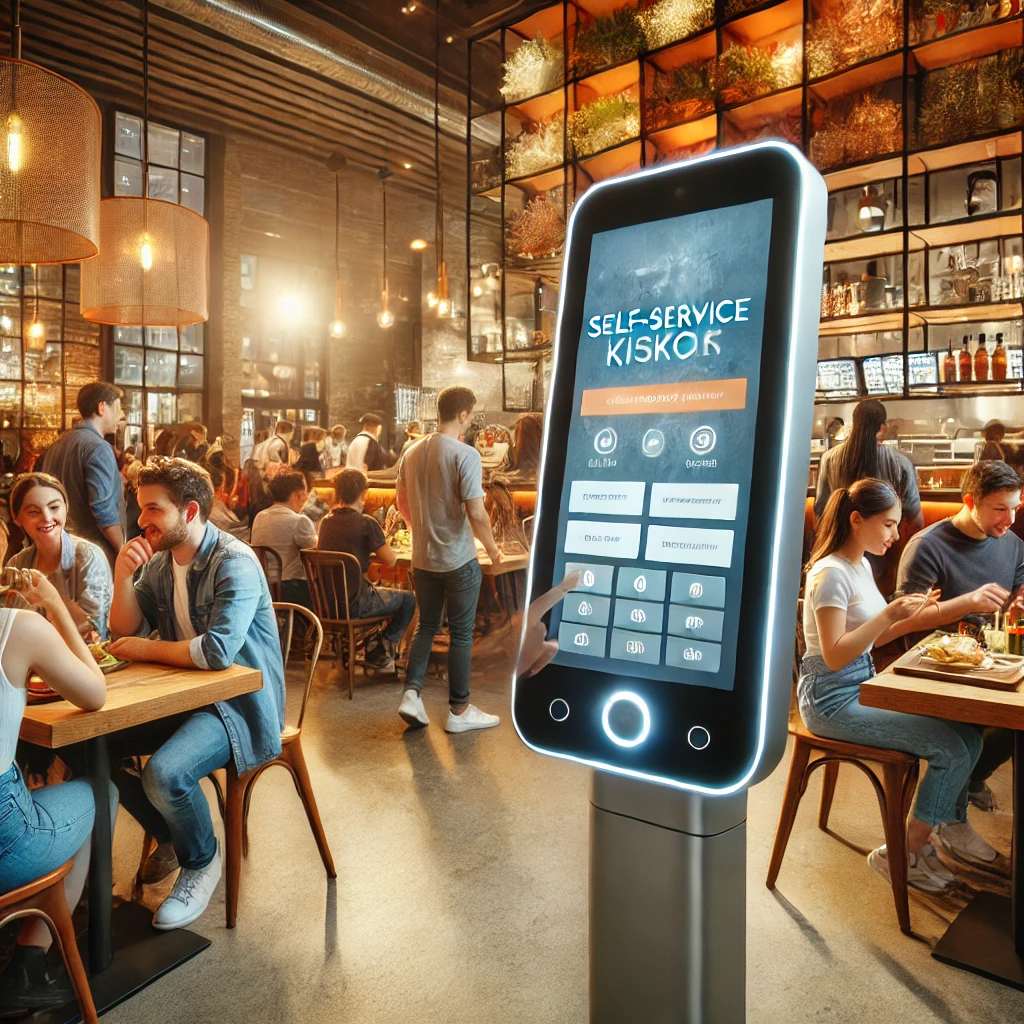Kiosk vs. Counter Ordering: Pros, Cons, and the Best Strategy for Your Restaurant

Wondering if kiosk ordering is right for your restaurant—or if live counter service still reigns supreme? We compare the pros and cons of each in-store method and share how a hybrid setup could deliver the best customer experience.
Maximizing Restaurant Profits with Self-Service Kiosks

Boost your restaurant’s revenue with self-service kiosks today!
Strategizing Kiosk Implementation in Restaurants Amid Rising Costs

Exploring how kiosks can address rising costs and enhance service.
Boost QSR Efficiency During Peak Hours with Self-Service Kiosks

Creating the Ultimate Kiosk Menu: A Key to Enhancing Guest Experience

Ensure your kiosk menu is simple, clear, and visually appealing to enhance guest experience. Organize by category, use readable fonts, and include high-quality images. Test and optimize regularly for continuous improvement.
How to Decide if a Touchscreen Self-Ordering Kiosk is Right for Your Restaurant

Explore whether a touchscreen self-ordering kiosk is the right fit for your restaurant. This blog covers essential considerations, including customer preferences, space planning, and financial implications, to help you make an informed decision.
How Do You Know If Kiosks Are Right for Your Restaurant?

Determine if kiosks are right for your restaurant by considering customer experience, operational efficiency, target demographic, menu complexity, brand image, and cost. Enhance your service and streamline operations with this innovative technology.
Weighing the Costs and Benefits of Self-Order Restaurant Kiosks

Discover the costs and benefits of self-order restaurant kiosks to determine if they are the right investment for your establishment. Enhance customer experience, increase order accuracy, and boost operational efficiency with this innovative technology.
How Kiosks Can Upsell and Cross-Sell to Increase Average Order Value in Restaurants

Kiosks can significantly boost your restaurant’s revenue by effectively upselling and cross-selling. Discover how data-driven suggestions and personalized offers can increase average order value. Call Phoenix Geeks at 833-PHX-Geek or visit IneedToast.com to learn more.
